Eszopiclone 3 mg Tablet
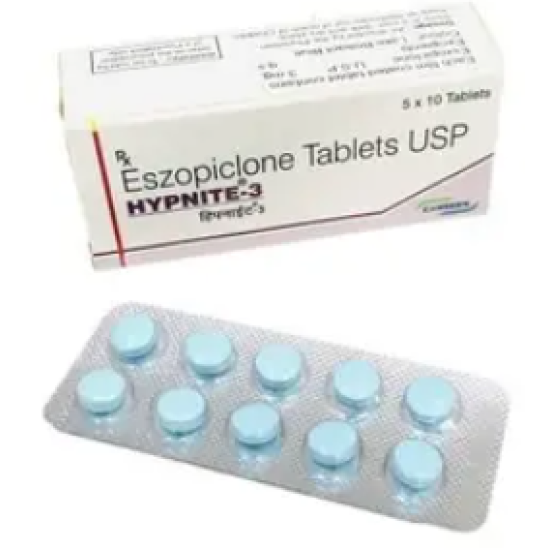
- Stock: In Stock
- Brand: Ciron Drugs And Pharmaceuticals Private Limited
- Model: Eszopiclone 3 mg Tablet
- SKU: ESZPCLN3mg
- Active Ingredient: Zopiclone
- Treatment: Insomnia
- Alcohol: Don't Drink
Available Options
Eszopiclone, commonly sold under the brand name Lunesta, is a medication used to treat insomnia. It belongs to a class of drugs known as nonbenzodiazepine hypnotics. Eszopiclone works by affecting certain chemicals in the brain that may be unbalanced in individuals with sleep problems.
Eszopiclone is primarily prescribed for the short-term treatment of insomnia, characterized by difficulty falling asleep or staying asleep.
Uses & Benefites
Insomnia Treatment:
Eszopiclone is indicated for the short-term treatment of insomnia, particularly for individuals who have difficulty falling asleep or staying asleep.
Sleep Onset and Maintenance:
Eszopiclone helps in reducing the time it takes to fall asleep (sleep onset) and enhances the maintenance of sleep throughout the night.
Improvement in Sleep Quality:
By promoting a longer duration of sleep and reducing instances of waking up during the night, Eszopiclone aims to improve the overall quality of sleep.
Reduction of Nighttime Awakenings:
Eszopiclone may help decrease the frequency of nighttime awakenings, allowing individuals to experience more uninterrupted sleep.
Rapid Onset of Action:
Eszopiclone has a relatively rapid onset of action, making it effective for individuals who need prompt relief from insomnia symptoms.
Nonbenzodiazepine Hypnotic:
Eszopiclone belongs to the class of drugs known as nonbenzodiazepine hypnotics. It works by affecting certain neurotransmitters in the brain, specifically those involved in the sleep-wake cycle.
Short-Term Use:
The recommended duration of use for Eszopiclone is usually short-term, ranging from 7 to 10 days. Prolonged use is generally avoided to minimize the risk of dependence and tolerance.
Reduction of Sleep Latency:
Sleep latency refers to the time it takes to transition from wakefulness to sleep. Eszopiclone can reduce sleep latency, facilitating a faster onset of sleep.
It's important to note that while Eszopiclone can be effective for managing insomnia, it is not a long-term solution, and its use should be guided by a healthcare professional. Additionally, it is crucial to address the underlying causes of insomnia and incorporate good sleep hygiene practices for sustained improvements in sleep quality.
As with any medication, Eszopiclone may have side effects, and its use should be supervised by a healthcare provider. Always follow your healthcare provider's instructions regarding dosage and duration of use, and consult them if you have any concerns or experience adverse effects.
Dosage:
The usual recommended dose of Eszopiclone is 3 mg, taken just before bedtime.
The dose may be adjusted based on individual response and tolerability, but it's important not to exceed the prescribed dosage without consulting your healthcare provider.
Common side effects:
- Unpleasant taste in the mouth
- Dizziness
- Dry mouth
- Headache
- Vomiting
- Nausea
- Drowsiness
Narcolepsy (neurological disorder)
Narcolepsy is a neurological disorder that affects the control of sleep and wakefulness. Individuals with narcolepsy often experience excessive daytime sleepiness and may have difficulty staying awake for extended periods. The condition can significantly impact daily activities, work, and overall quality of life.
Excessive Daytime Sleepiness (EDS):
One of the hallmark symptoms of narcolepsy is EDS, which refers to an overwhelming and persistent need to sleep during the day. Individuals with narcolepsy may feel the urge to nap or fall asleep unexpectedly.
Cataplexy:
Cataplexy is another characteristic symptom of narcolepsy. It involves a sudden loss of muscle tone, leading to weakness or paralysis, often triggered by strong emotions such as laughter, excitement, or anger.
Sleep Attacks:
Narcoleptic individuals may experience sudden, uncontrollable episodes of falling asleep during the day, referred to as "sleep attacks." These episodes can occur in various situations, such as during conversations or while working.
Sleep Paralysis:
Sleep paralysis involves a temporary inability to move or speak while falling asleep or waking up. It may last a few seconds to a couple of minutes and can be a frightening experience.
Hypnagogic and Hypnopompic Hallucinations:
Some people with narcolepsy may experience vivid and often bizarre hallucinations while falling asleep (hypnagogic) or waking up (hypnopompic).
Disturbed Nighttime Sleep:
While individuals with narcolepsy experience excessive daytime sleepiness, they may also have difficulty maintaining a consistent and restful nighttime sleep pattern.
Onset and Diagnosis:
Narcolepsy often begins in adolescence or early adulthood, but it can be diagnosed at any age. Diagnosis typically involves a clinical evaluation, sleep studies (polysomnography and multiple sleep latency test), and consideration of symptoms.
Treatment:
While there is no cure for narcolepsy, treatment options are available to manage symptoms. Medications such as stimulants (e.g., modafinil) and medications to address cataplexy (e.g., sodium oxybate) may be prescribed.
Lifestyle Management:
Individuals with narcolepsy can benefit from lifestyle adjustments, including establishing regular sleep patterns, taking short naps strategically, and managing stress.
It's important for individuals experiencing symptoms of narcolepsy to seek medical evaluation and diagnosis from a healthcare professional, typically a sleep specialist. Treatment plans are often tailored to individual needs, and ongoing support and management are essential for individuals living with narcolepsy.





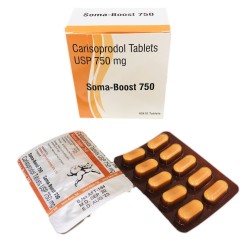
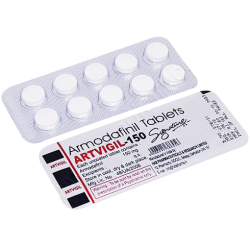

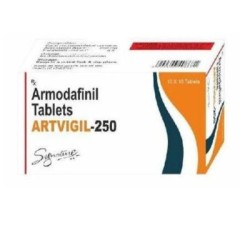
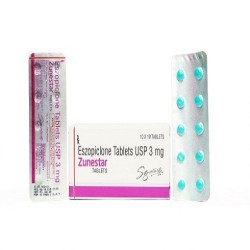
-250x250w.jpeg)
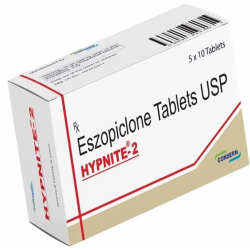
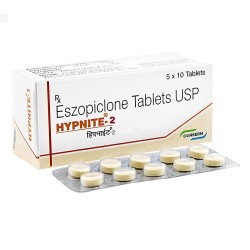


-250x250w.jpg)